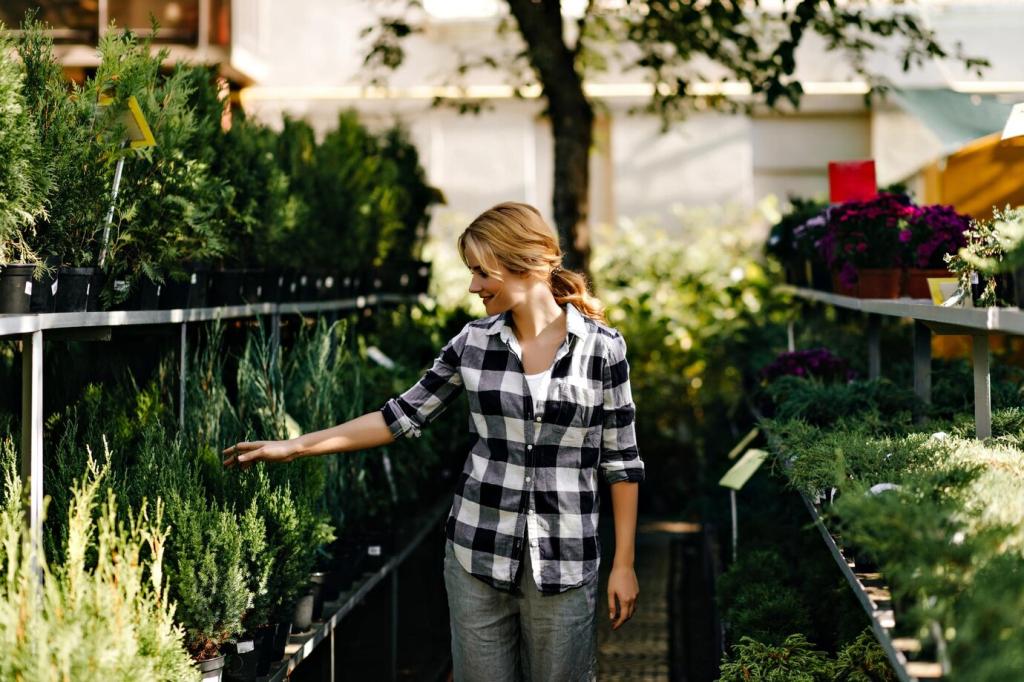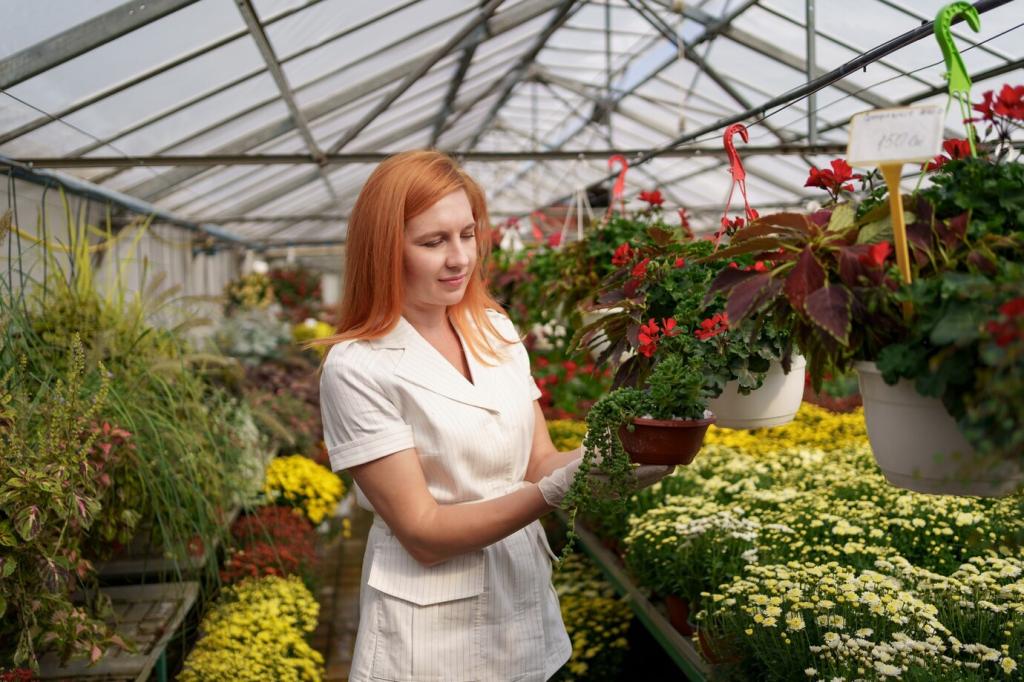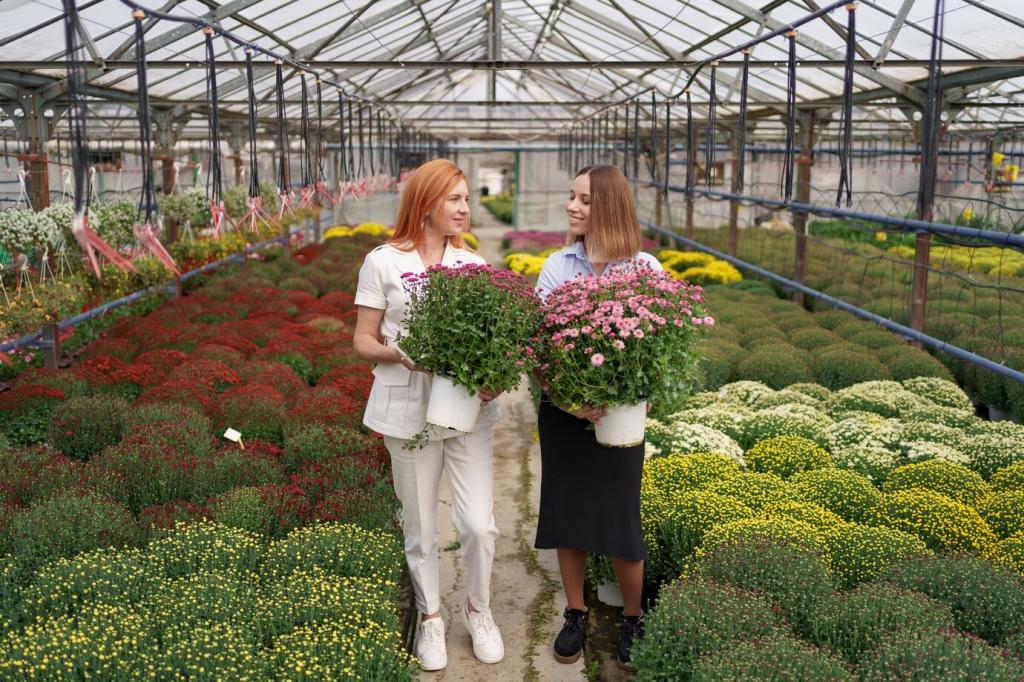Companion Planting Strategies for Schrebergartens
Chosen theme: Companion Planting Strategies for Schrebergartens. Welcome to a cozy corner of allotment wisdom where small plots grow big ideas. Together, we will pair plants like good neighbors, coax pollinators to linger, and keep pests guessing. Follow along, share your experiences, and subscribe for fresh, season-by-season guild ideas tailored to the unique rhythm of Schrebergarten life.

The Schrebergarten Mindset: Small Spaces, Strong Alliances
Compact plots that punch above their weight
In a Schrebergarten, every square meter matters, so companions do double duty: one plant feeds pollinators while another shades the soil. Share your favorite micro-guild in the comments, and subscribe to get monthly layout sketches designed for modest allotments.
Aboveground friendships and underground truces
Tall companions lift blossoms into sunlit air, while leafier partners cast cooling shade. Meanwhile, roots negotiate space, exuding sugars that feed microbes and calm competition. Want nuanced pairings for your soil type? Tell us your texture and pH, and we will suggest partners.
A neighbor’s tale: Cabbage saved by companionship
When Mrs. Klein tucked dill and calendula among her cabbages, she noticed fewer moths and livelier ladybirds. The blooms distracted pests while luring helpers. Have you rescued a crop with a clever pairing? Share the story so fellow gardeners can learn and adapt.


Time-Tested Companion Trios for Allotments
Tomatoes love the airflow created by open-grown basil, while marigolds add color and confuse pests with bold scent. Water consistently, mulch lightly, and prune with restraint. Experiment with lemon basil for an aromatic twist, then post your yield results to help others compare outcomes.
Time-Tested Companion Trios for Allotments
Onion’s pungent scent helps cloak carrot aroma from flies, while carrots keep the bed busy between onion rows. Sow in staggered bands for airflow and easier weeding. If you try mixed spacing, report back on root straightness, bulb size, and how often flies appeared.

Natural Pest Control Through Plant Partnerships
Nasturtium near brassicas lures aphids and flea beetles away, while sacrificial mustard attracts hungry pests early. Monitor weekly and remove infested leaves. Have a favorite decoy? Tell us which trap crop worked in your Schrebergarten, and we will compile a community-tested chart.
Natural Pest Control Through Plant Partnerships
Rings of sage, thyme, and rue can blur scent trails that pests follow to their host plants. They also provide low flowering borders that invite bees. Try interlacing herb plugs along paths, then comment on which combinations delivered the calmest, least-nibbled leaves.
Root Deep: Soil Health from Smart Pairings
Legumes lending nitrogen to hungry neighbors
Bush beans and peas fix atmospheric nitrogen, buffering leafy companions between light feedings. Keep roots undisturbed after harvest so nodules decompose in place. Tried fava beans as a cool-season ally? Tell us how your brassicas responded, and subscribe for nitrogen budgeting worksheets.


Dynamic accumulators that mine and give back
Borage, comfrey, and yarrow pull minerals from deeper layers, then return them as chop-and-drop mulch. They also draw pollinators relentlessly. Note mulch thickness, then compare slug pressure and watering frequency. Share your numbers to help refine a moisture-saving protocol for small plots.
Seasonal Companions and Succession Planting
Sow radishes with lettuce beneath early peas. Radishes mark rows, loosen soil, and leave before peas sprawl. When heat arrives, tuck basil into freed pockets. Share your spring-to-early-summer transition plan, and subscribe for weekly task checklists tailored to Schrebergarten timelines.


This is the heading
Lorem ipsum dolor sit amet, consectetur adipiscing elit. Ut elit tellus, luctus nec ullamcorper mattis, pulvinar dapibus leo.

This is the heading
Lorem ipsum dolor sit amet, consectetur adipiscing elit. Ut elit tellus, luctus nec ullamcorper mattis, pulvinar dapibus leo.
Record, Share, Improve: Your Schrebergarten Lab
Sketch weekly bed maps, note insect visitors, and weigh harvests by guild. Alternate one variable at a time. If you post your findings, tag your location and soil type so others can compare conditions. Subscribe to get our printable companion planting logbook template.
